Vale’s iron ore output just hit another record
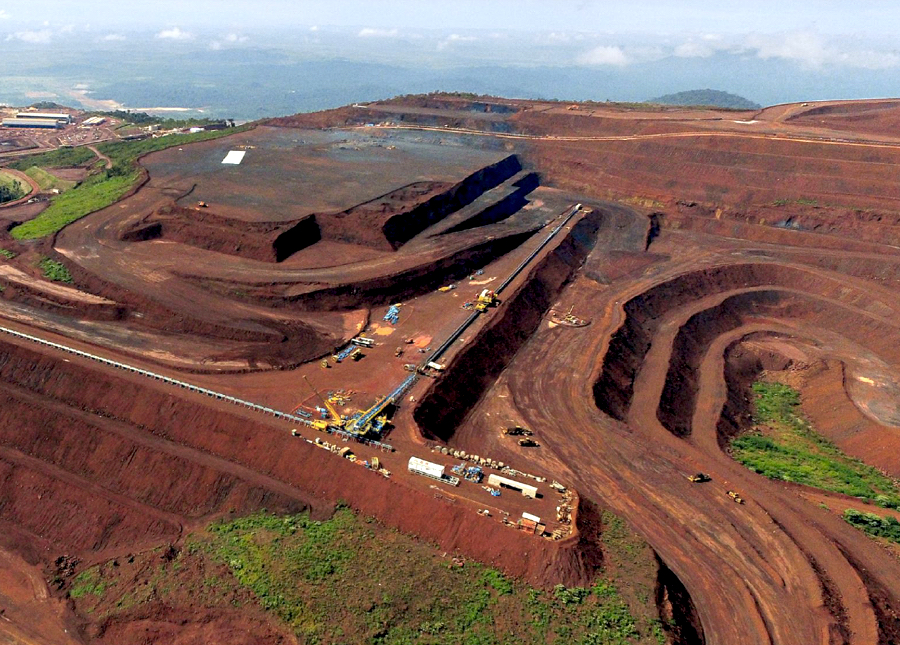
Brazil’s Vale (NYSE:VALE), the world’s No.1 iron ore miner, reached a new output record last year, producing 349 million tonnes of the steelmaking ingredient, thanks partly to the opening of its massive S11D mine, its largest-ever operation.
The figure, which beat Vale’s own guidance of 340-350mt, was also a result of a strong performance at its mines in northern Brazil, the company said.
Output for the fourth quarter, in turn, was up 4.5% to 92.4 million tonnes, compared to the same period the previous year, which meant full-year production climbed 1%, Vale said
Vale boosted production at its operations located in northern Brazil, where costs are lower and quality higher.
The Rio de Janeiro-based company noted it had continued reducing costs and output at its mines in the south-eastern state of Minas Gerais. At the same time, it has boosted production at its operations located in northern Brazil, where costs are lower and quality higher.
Vale, which cut the ribbon on the massive state of Pará-based S11D in December, said the mine should be operating at full tilt next year. By then, the amount of iron ore being dug will be enough to fill 225 Valemax ships — the largest cargo carriers in the world.
Just to put that in perspective and quoting Breno Augusto dos Santos, the geologist who helped discover the mine, the massive asset will enable Vale to remain the iron ore market leader for at least a century.
And that is only considering the “D” block of the deposit. There are three other blocks at S11 that can be exploited later: A, B and C.
The entire S11 deposit has a mineral potential of 10 billion tonnes of iron ore, while blocks C and D have reserves of 4.2bn tonnes, Vale said last month during the mine opening.
S11D, also known as Serra Sul, will add 90m tonnes of annual capacity to Vale’s output by 2020, or about 20% of its expected output for that year.
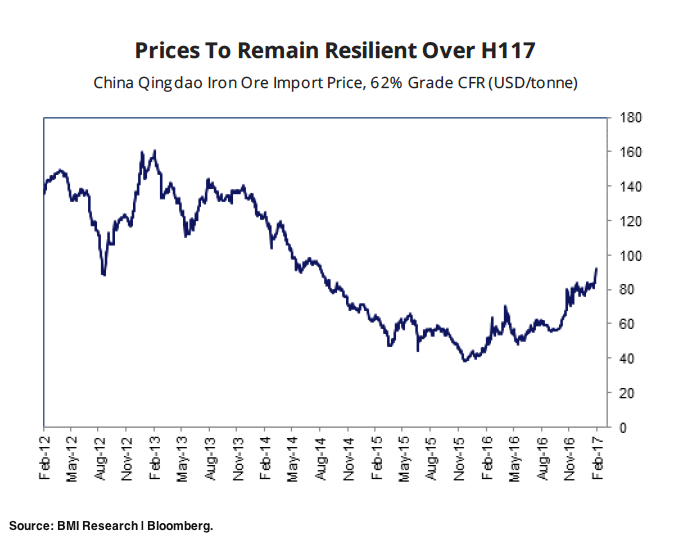
The timing seems perfect, as the commodity has carried last year’s bullish momentum into the start of 2017, with prices rallying amid speculation that China’s demand for overseas ore will hold up even as the world’s largest miners, such as Vale, bring on new capacity.
Vale, which is also the world’s largest nickel producer, said output of the metal increased by 7%, another company record.
On Thursday, import price for 62% iron content fines at the port of Qingdao traded slightly down than in previous days, losing 99 cents to $90.06 per tonne, according to The Metal Bulletin Index.
The steelmaking has more than doubled its value over the past year following near-decade lows of $38 a tonne in December 2015, but analysts insist a correction is just around the corner.
In a note Thursday, BMI Research said prices will remain high over the next three-to-six months, easing by mid-year due to oversupply and record-high Chinese stocks of both steel and iron ore.
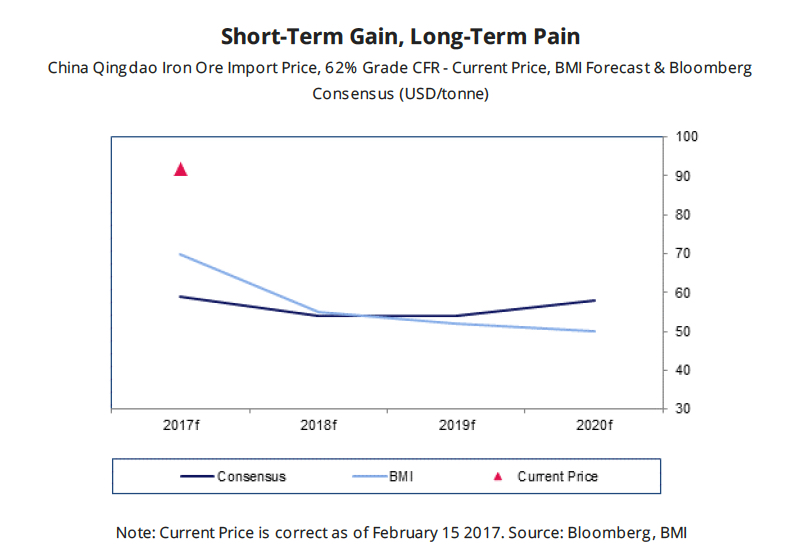
Vale, which is also the world’s largest nickel producer, said output of the metal increased by 7% in 2016 from the previous year, a company record attributed to stronger performance at its plants in Canada and New Caledonia.
More News
{{ commodity.name }}
{{ post.title }}
{{ post.date }}


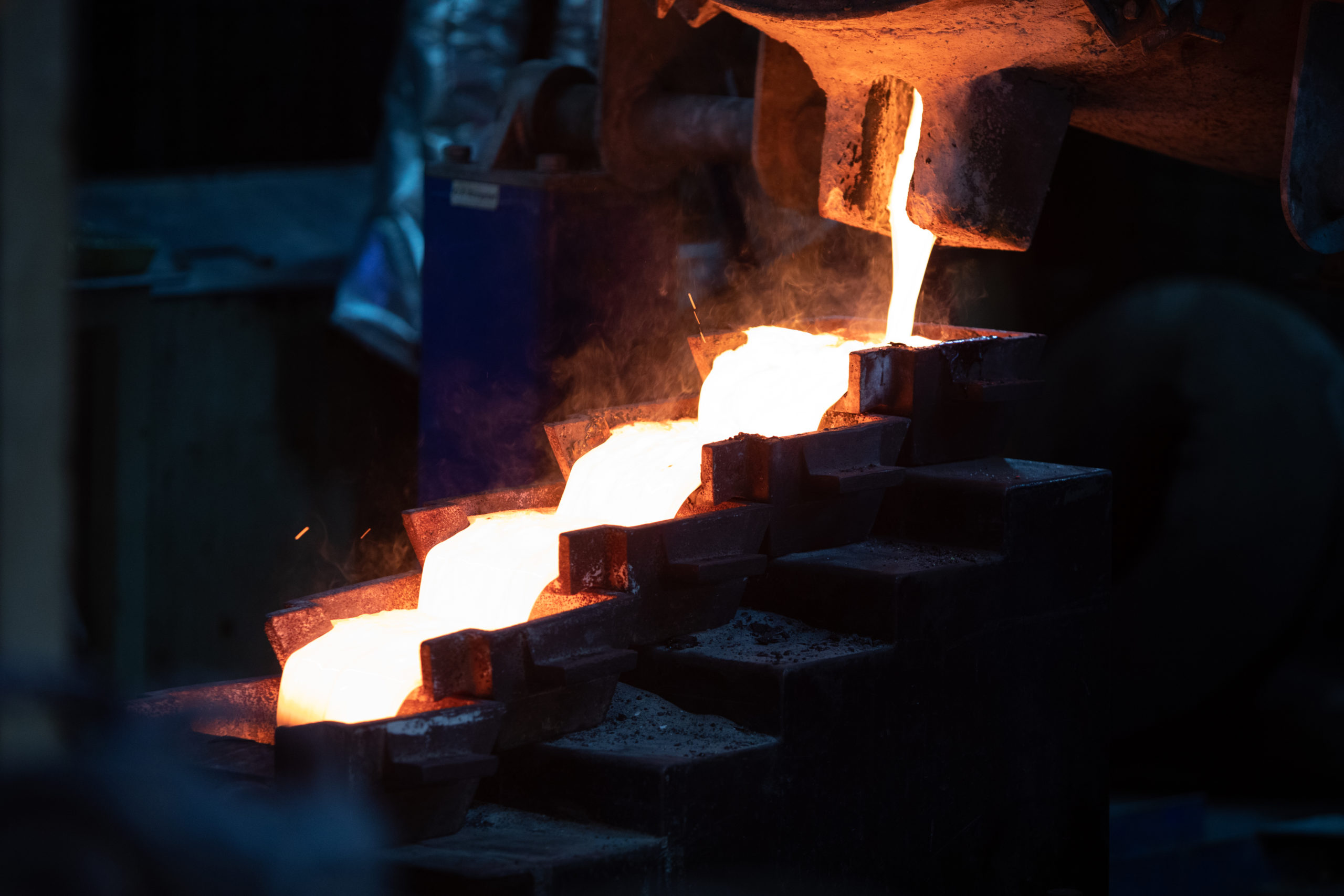
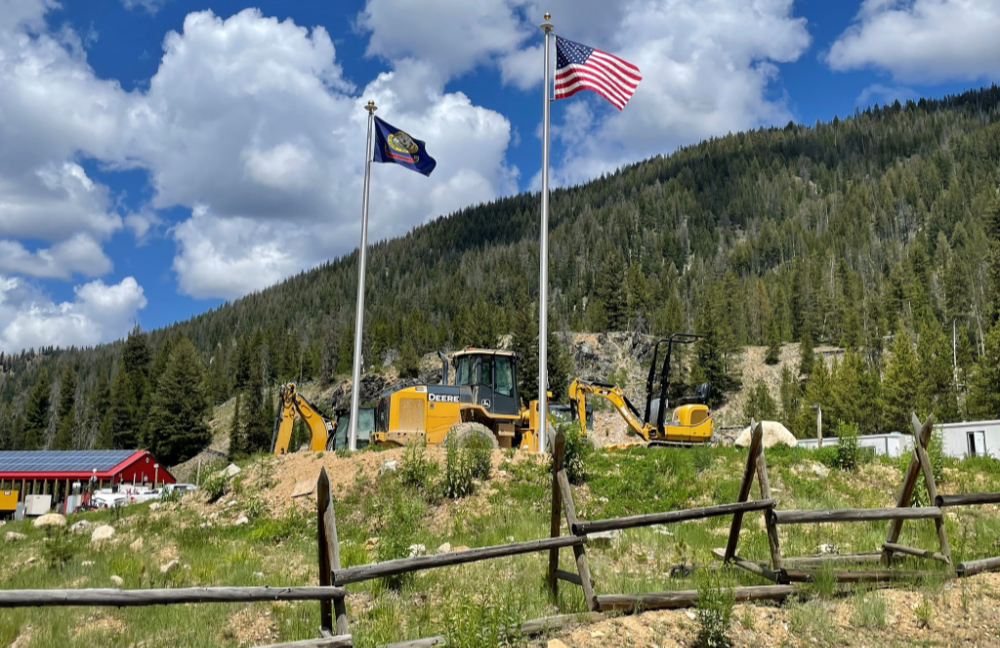
Comments